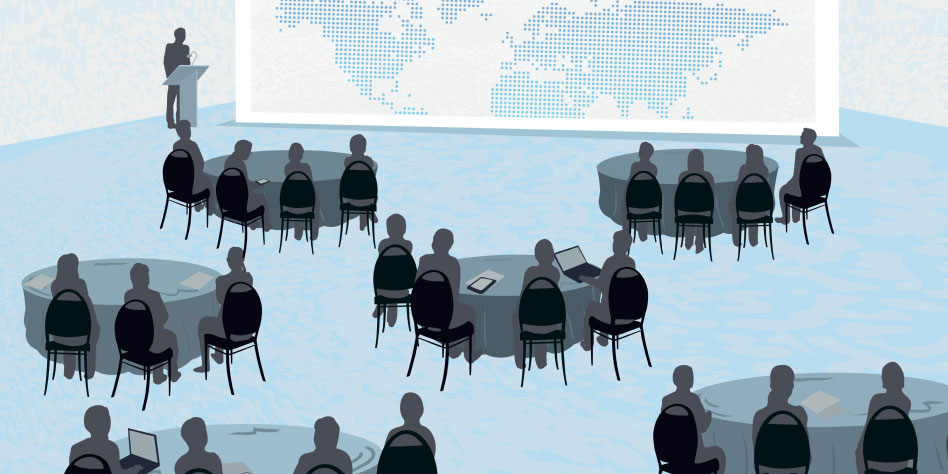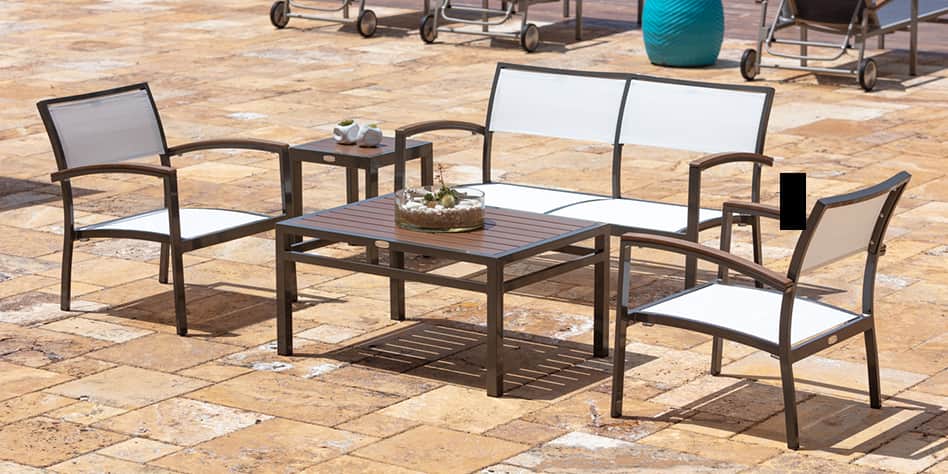
One of your biggest selling points as a convention center or public hosting venue is your ability to make big things happen. Brush up on your game plan with this event planning checklist for company events, private parties and weddings, and large entertainment events.
Why Event Centers Need a Checklist
It happens. You plan carefully for something and still forget a crucial item—or go through a well-rehearsed routine and still miss a step. We’ve all experienced moments when Murphy’s law seems to have us under a personal attack.
Mistakes and oversights happen to everyone. A comprehensive checklist can add a huge layer of insurance against those mistakes, especially when the stakes are high. It gives you and your events team a clear picture of every step of the event planning process, showing you what you’ve already taken care of and what you still need to get done—so that nothing slips through the cracks.
Having a workable, duplicatable system that provides timeline accountability will help conquer the stress of feeling like the weight of the world (or the largest venue contract you’ve ever hosted) is on your shoulders.
Where to Begin
As you start preparing for your event, here are a few key steps you’ll need to take.
1. Put a team together
Corporate event success depends on careful planning and a coordinated team effort. Make sure you have enough of the right people in your corner as you plan for any event.
2. Make a plan and delegate
Identify event goals, objectives, and budget. Next, assign out responsibilities to members of your event team. Before delegating to team members, you’ll need to break down the project from a big picture to individual tasks.
3. Take advantage of the technology available
When the big jobs are on the table, a yellow legal notepad and OneNote agenda just aren’t going to cut it. Consider using event planning apps or task managers like Cvent, Vivien, monday.com, or Tripleseat to bring everyone on board in the same easy-to-access space.
4. Create your custom event planning checklist
You have a team and a goal. Now it’s time to go to work and make your plan! MityLite® understands how complicated event planning can be, and we’ve got your back. The extensive event checklist below can help make any event a hit with seamless and targeted background work.
This event checklist assumes your team completely controls the event. Feel free to tailor it to your venue. Even if some areas don’t apply to you, remember that it’s always a good idea to know what a venue renter brings to the table and ensure everyone is clear on their responsibilities.
Early Stage Planning (4–6+ months ahead)
1. Gather cost estimates
- Food and beverages
- Furniture
- Decorations
- Equipment rentals and purchases
- Speaker fees
- Travel and lodging for guests and staff
- Insurance
- Advertising
- Security
- Swag and prizes
2. Establish branding
- Create or modify a website, software, and needed apps
- Create logos, taglines, and other branding guidelines
- Establish a launch and publicity plan
3. Establish contact with speakers, entertainers, and special guests.
4. Establish contact with sponsors and support partners.
5. Assign all tasks and timelines:
- Be sure every committee member is aware of their roles and responsibilities
6. Begin early bird registration:
- Gather vendors and other participants as appropriate
- Offer early bird registration to vendors/partners/special interest groups
- Use this process to assess and pique public interest in conjunction with advertising
- Work out bugs and finalize the registration process and fees
7. Review and finalize all outside contracts.
8. Finalize the budget.

Mid Stage Preparations (2–4 months ahead)
1. Update the committee’s general to-do list and check timelines.
2. Review the budget.
3. Finalize speakers and guests:
- Verify presentations
- Obtain bios, photos, and appropriate media materials
- Make travel and accommodation arrangements
- Verify special requests or presentation requirements
4. Create an event script/schedule.
5. Arrange event logistics:
- Establish a menu and serving arrangements
- Verify the amount and availability of A/V equipment
- Hire additional A/V services—photography, videography, DJ, lighting, etc.
- Investigate traffic flow needs (both inside the venue and on the road in communities
- Create signage and advertising
- Review security needs/plans
- Investigate the need for any special permits, licenses, insurance, etc.
6. Address venue design requirements:
- Design event areas, plan space usage, and create layouts and room allocations
- Calculate and assess furnishings—do you have enough industrial tables, chairs, linens, charging stations, room dividers, and other furnishings appropriate for this event?
- Estimate the prep and takedown time needed before, during, and after the event—make sure you have enough staff
- Assess accessibility requirements (restrooms, wheelchair accessibility, interpreters, etc.)
7. Develop additional publicity pieces:
- Use early responses to advertising and registration to fine-tune and begin widespread publicity
- Create invitations, programs, posters, tickets, and other printed materials
- Create media kits
- Extend media invitations
- Begin social media campaigns
- Order swag
Finalizing Details (1 week–2 months before event)
- Confirm all funding and budget usage.
- Update the committee’s focused to-do list and confirm timelines.
- Begin general registration.
- Schedule reminders about the event for mailing lists and social media posts.
- Conduct final confirmations with presenters
- Execute a final media blitz.
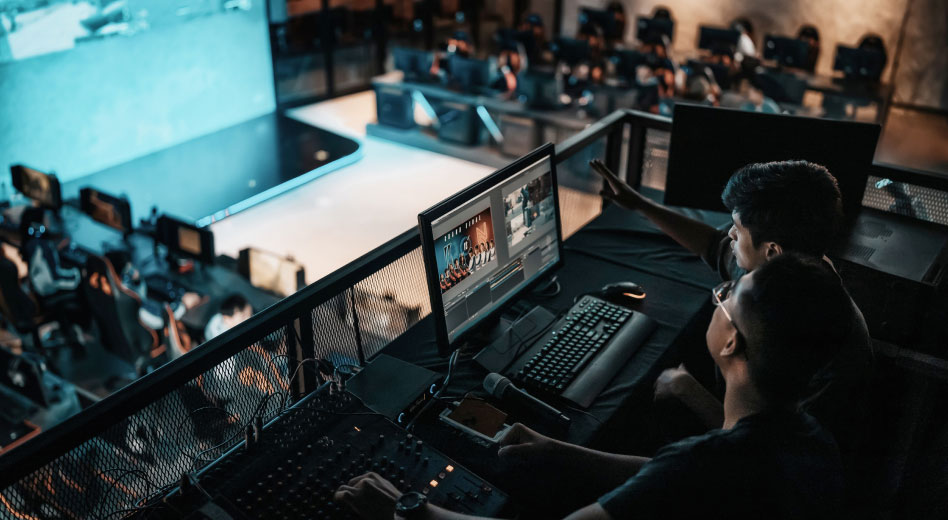
Final Week Countdown
1. Review all to-do lists and assignments:
- Create backup plans for worst-case scenarios
2. Finalize the event script:
- Do a thorough event walk-through
- Finalize room arrangements and seating plans
- Test all A/V equipment
- Evaluate your need for extension cords, power strips, or adapters
- Take note of all outlets—which are needed for event A/V and which can be made available for attendees and presenters
3. Close registration:
- Triple-check final registrations
- Create name badges
- Provide final registration numbers to caterers, security, etc.
4. Post signage and additional media materials.
5. Confirm that miscellaneous office items (pens, paper, stapler, registration materials, etc.) are stocked and on hand for last-minute needs.
6. Confirm all swag, promo items, and other ordered materials are accounted for and on-site.
On-site Setup & Event Management
- Place all essential papers and materials in a secure, designated spot.
- Check in with all teams and team leaders.
- Check in with VIPs, speakers, etc.
- Establish a “lost and found.”
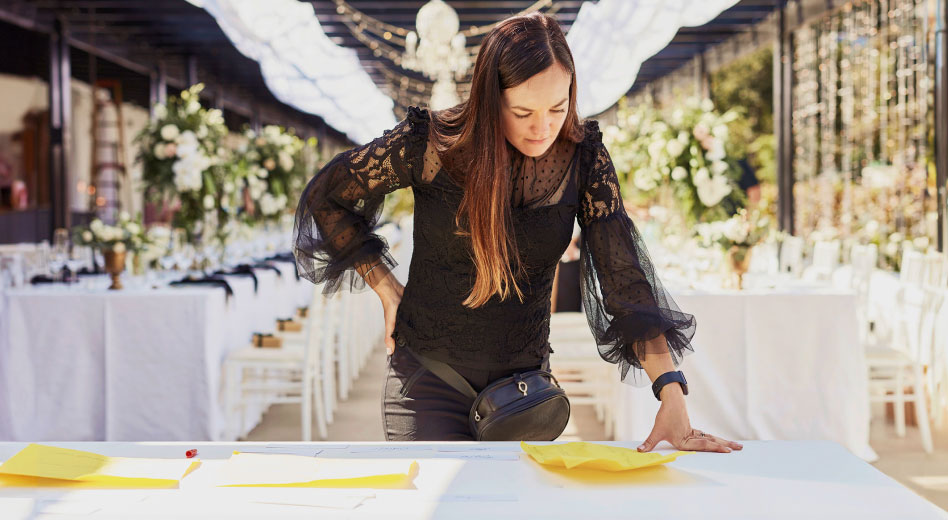
Post-event Activities
1. Take the time to go over the event with your team and evaluate your efforts.
2. Update and evaluate your budget.
3. Send thank-you notes/gifts to:
- Sponsors and donors
- Volunteers
- Presenters
- Media
- Hired services such as catering and security
4. Carry out publicity:
- Create a follow-up media kit
- Send out emails and make social media posts with event highlights
- Update the website and close any event-specific software
Get Your Furniture with MityLite
Did we mention you need to make sure you have enough tables, chairs, and other essential furnishings to accommodate your event? And how is the quality of your venue’s dance floor holding up? Have you ensured it’s in excellent condition and ready for heavy use and abuse?
If you find a few missing touches, need to update those stacking chairs, or want to get some new furniture carts, contact MityLite. We are your go-to source for high-quality, American-made furniture. Choose from a wide variety of styles and customizations to fit your venue. MityLite commercial furniture will stand the test of time and look great doing it.
Why wait? Contact us to upgrade your event furniture today!
Products Featured in This Article
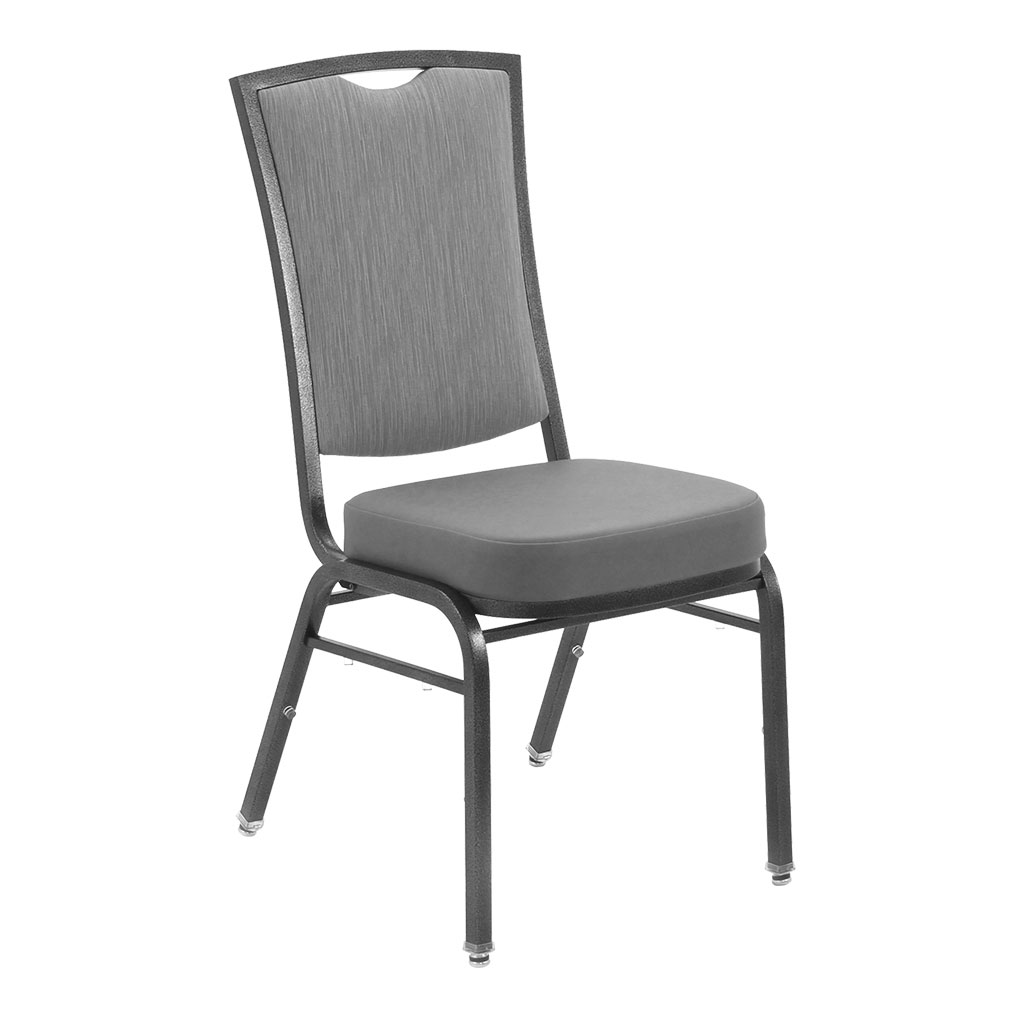
Classic Banquet Chairs
5 Chair Back Styles

Encore Banquet Chair
2 Chair Back Styles
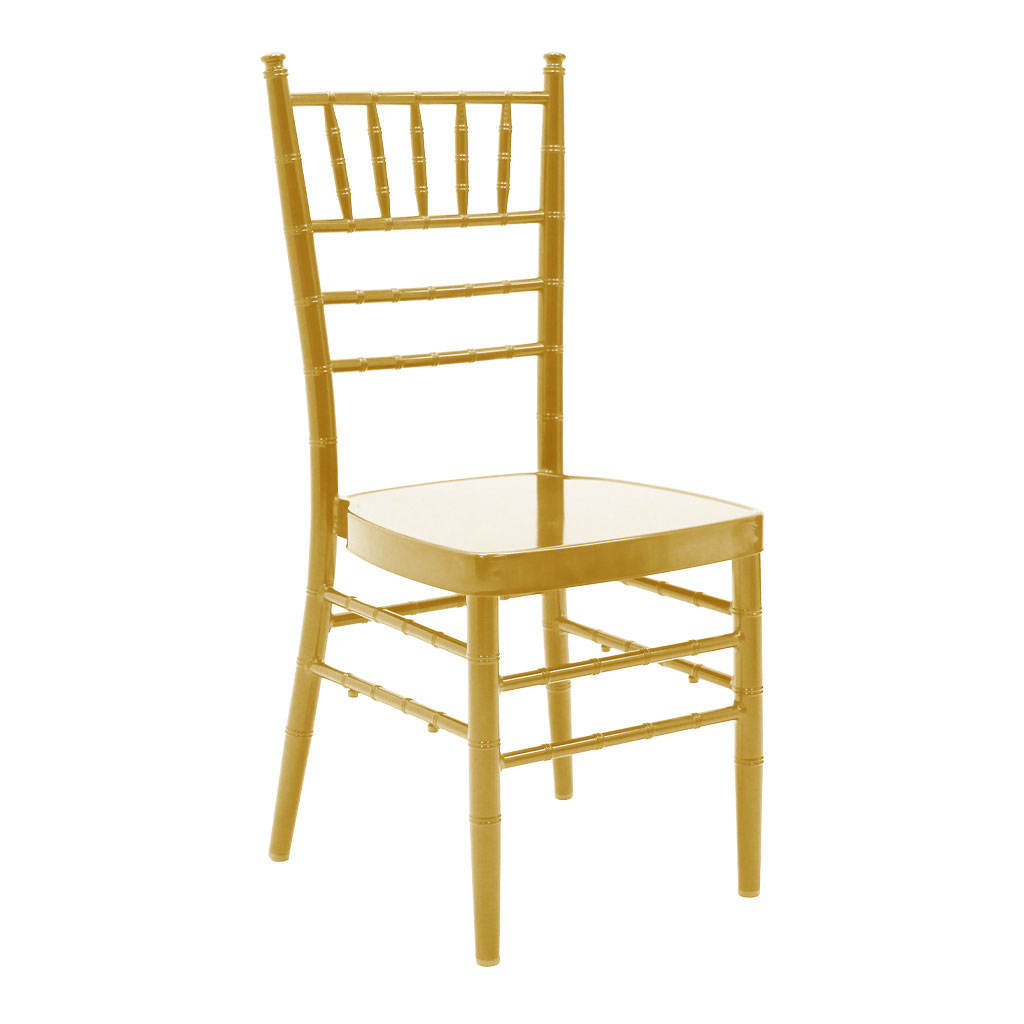
Aluminum Chiavari Chair
5 Chair Finishes

